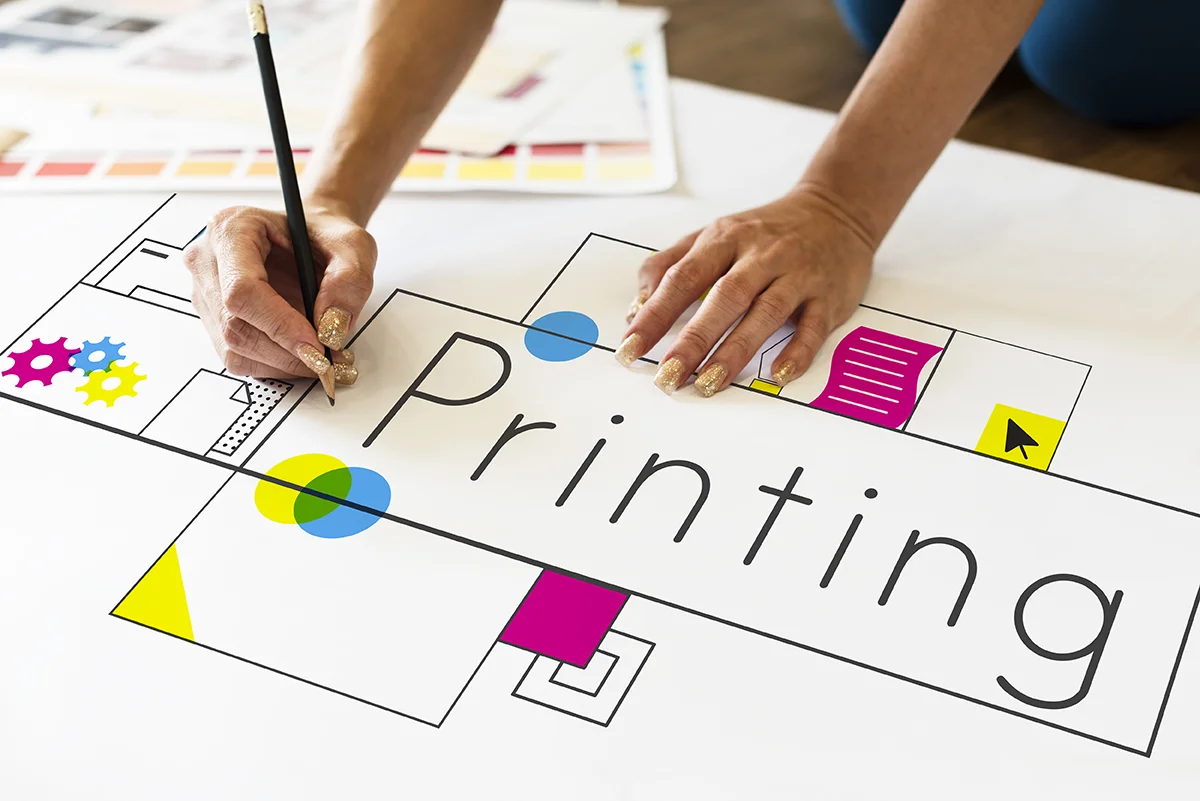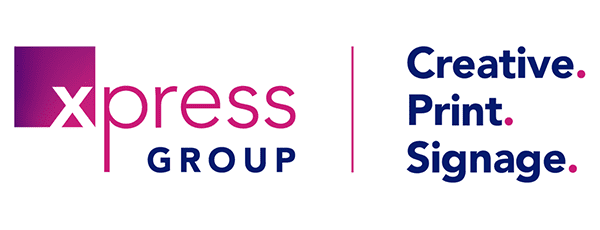
29 Nov Digital Vs. Litho Print – Understanding the Difference
Your jargon-free guide to digital and litho printing.
What do advances in technology bring with them?
Innovations often mean more choices – which you’d think would be a good thing.
But, is there too much choice, perhaps? When it comes to your marketing collateral, there are several options, and it may all get a bit confusing.
However, when it comes to printing, there are two main types: Digital and litho.
You may be offered a choice, but this is more likely to be decided for you based on several factors, including the time frame, physical size, the volume required, and the product type itself.
Digital and litho printing are not the same. It’s a horses-for-courses approach.
Here are the differentials based on key decision-making criteria and how the costs weigh up.
The Headlines
Litho Printing
Otherwise known as offset lithography, litho printing uses pre-mixed wet ink and printing plates, typically made from metal. The plates have an image that is burned into them, which is then transferred onto rubber ‘blankets’ attached to a drum and then onto the surface being printed. Each ‘station’ in these room-filling printing machines prints one colour, and it’s the paper passing from one station to the next, typically four in a line, but can be more, in the blink of an eye, that produces the end, multi-coloured result.
Size matters here, with larger or more oversized printed items typically associated with the litho process. Commercial litho (sheet-fed) printing machines are typically capable of stock sizes up to B1 (707mm x 1000mm). That’s eight A4s in one sheet!
Digital Printing
Digital printing could not be more different. It generally uses inks and a ‘press’ that looks and feels like a large office printer. There’s nothing between the printing head and the paper being printed, and using the most incredible technology, ink is literally squirted directly onto the surface in micro-fine droplets.
Today’s high-performance digital printers include up to 12 print heads, each with over 1000 nozzles.
The process is fast and cost-effective for small quantities.
It’s also ideal for tasks like printing items where personalisation is required. This is the result of being able to integrate a digital file that results in being able to print a different name and address onto every single sheet at high speed.
Time Equals Money
A litho printing job takes time, skill and considerable experience to set up.
This is primarily because printing plates have to be made and mounted onto the litho-printing machine one at a time. There will be an initial cost for this setup, known as the ‘makeready’, which is not the case with digital. With the latter, there is almost no setup time. You pay mainly for the process, plus the paper and ink.
But.
Litho steams through print jobs. Like a train, once it gets going, and can produce high volumes at speed, up to 18,000 per hour, in fact. Great if your marketing will be set in stone for a while. As you can imagine, this process works brilliantly for high-volume runs and is an attractive bulk discount prospect as there are huge economies of scale.
With digital printing, the design is uploaded to a computer, some configuration takes place, and the printing begins. Quick and easy, with about 4,800 – 6,000 prints per hour.
Customisation
Let’s use another analogy.
Consider litho as a large ocean-going vessel. Then, think of digital as a much smaller ship with easier manoeuvrability and navigation. Once litho plates are made, adapting and amending the content will probably involve starting again. You’d need to make new plates.
Expensive.
With digital – you’d simply need to stop the ‘press’, make a few tweaks to the file or data on your computer, and start printing again. Voila, more or less.
Proofing is a related issue. You may not need customisation, but is absolutely everything as you want it to be? No rogue typos, hopefully. Printers will make the litho plates before the proof can be made, whereas digital may show you a more accurate idea of the result for hasty corrections.
These days, most litho print processes begin with a digital source, and the plates are digitally etched. This means that for a proof to be printed (on special flat-bed litho proofing machines), the plates have to be created first. The downside is cost. The upside is a near-100% accurate proof of the final result.
With digital print, there is no proofing process as such, the machine simply prints a few copies before making any required adjustments, and usually, it’s only to balance the colours.
Materials Matter
Litho printing produces high-quality work on several types of paper-based materials – glossy, silk, uncoated, textured and coloured paper or card. In contrast, digital printing may struggle somewhat with rough or textured surfaces.
Please note this is not a comparison of large format printing, which is also a digital process, for which equipment and technology exist to print onto ‘almost anything’.
Paying for Quality?
Print quality is always critical. It’s something that people notice.
Traditionally, litho printing has been considered a higher-quality choice, but this may no longer be wholly true.
Should your work require large blocks of a solid colour, it will generally come out smoother and more solid with litho due to the ability to print with a single pre-mixed coloured ink (and not have the special colour made up of constituent parts of cyan, magenta, yellow and black – CMYK). In addition, the finish is different – the ink soaks into the paper. This contrasts with digital, where the image sits more on the surface.
So, What Should You Pay For? Quick Points
- Digital is excellent for shorter print runs that require a speedy turnaround. There are not really any economies of scale with higher quantities.
- Digital is the perfect choice for marketing materials that may need to be adapted or re-printed due to a new focus or service launch.
- Litho comes into its own when a large quantity of the same item is required. So-called ‘run-on’ costs plummet with higher volumes and can significantly reduce the cost per item.
- While the litho-digital gap is narrowing, litho still generally produces prints at a higher resolution and of better quality.
- Litho is harder to work with; it requires more physical space to operate, and it takes a lot of skill and experience to get the machines set up and fully ready to roll, so costs may be higher.
Choosing between digital and litho printing is more than a technical decision; it’s about matching the right process to your project’s specific needs.
However, as technology continues to advance and the difference between the two becomes less discernable, the decision will ultimately be based on how they align with your marketing strategy and budget.
